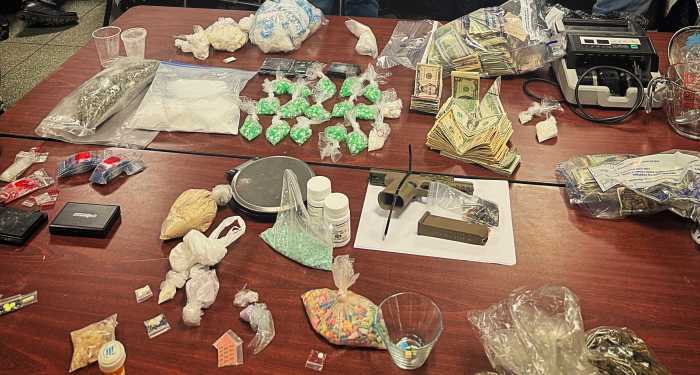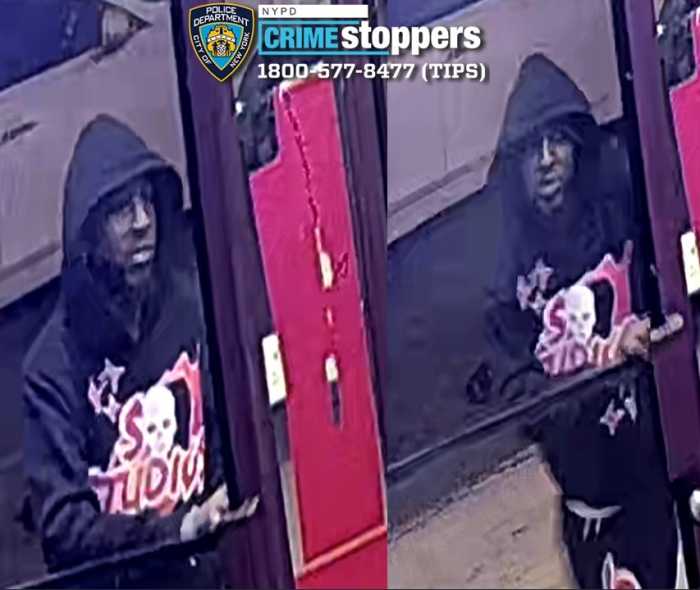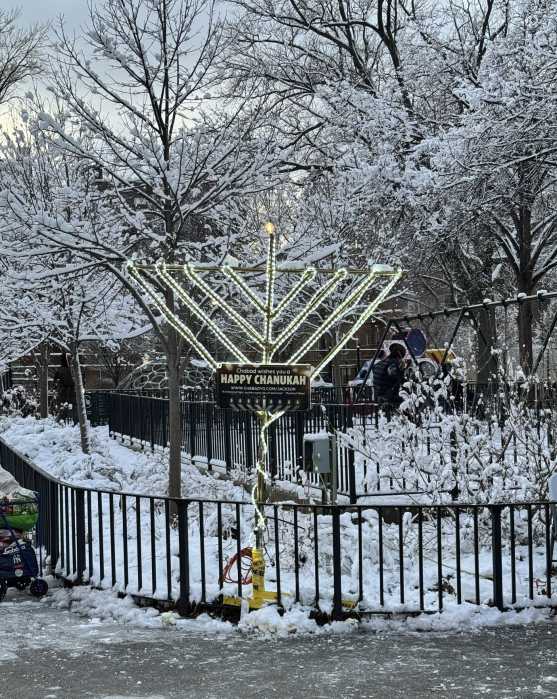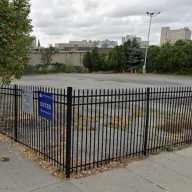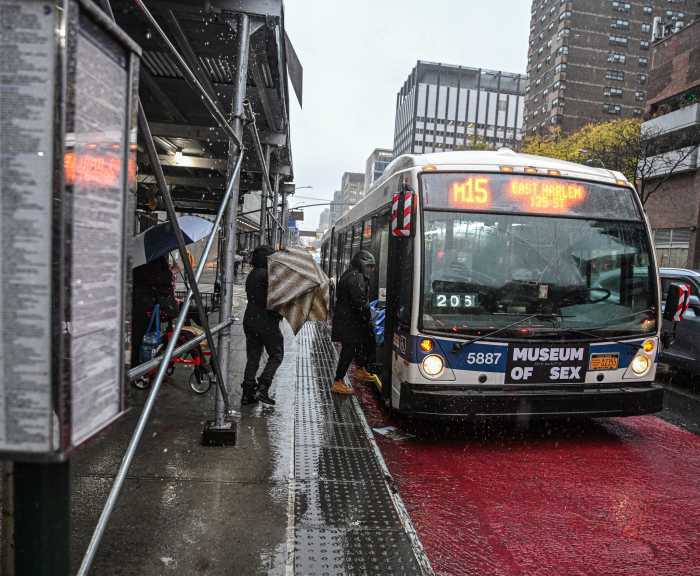By Naeisha Rose
Several elected officials in Queens reached out to District Attorney Richard Brown in a letter last week in hopes that he would follow in the footsteps of the Manhattan and Brooklyn districts attorneys by not prosecuting low-level marijuana offenses.
The letter, issued May 21, was signed by U.S. Rep. Gregory Meeks (D-Jamaica), state Sen. Leroy Comrie (D-St. Albans), state Assembly members Clyde Vanel (D-Queens Village) and Alicia Hyndman (D-Springfield Gardens), and City Council members Adrienne Adams (D-Jamaica), I. Daneek Miller (D-St. Albans), Francisco Moya (D-Jackson Heights), Rory Lancman (D-Hillcrest) and Donovan Richards (D-Far Rockaway).
The letter was released a week after Mayor Bill de Blasio announced that there would be sweeping changes in low-level marijuana prosecutions following a series of troubling reports illustrating the huge racial disparities in those types of arrests.
Police data from February 2018 showed that of the 17,000 people arrested for low-level marijuana–related offenses last year, 14,530 were people of color. Among that population 48 percent were black and 38 percent were Hispanic or Latino.
“Marijuana is not a threat to our public safety, which is why we are calling on Queens District Attorney Brown to follow the lead of his colleagues,” said Richards, chairman of the Council’s Committee on Public Safety.
Queens Village, Cambria Heights, Laurelton, Rosedale and Springfield Gardens — all located within the 105th Precinct — comprised of 9 percent of the city’s total marijuana summonses in 2016, according to the data reviewed by the elected officials. In 2017, the precinct had the highest number of summonses in the five boroughs with 2,199 cases.
In 2016, there were 416 arrests in the neighborhoods of Jamaica and Hollis, and 82 percent of those people were black and Hispanic/Latino, according to the lawmakers.
When questioned about the racial disparity in February, the NYPD said it was responding to areas where people made the most 911 and 311 complaints, but after months of data compilation and cross-referencing grievances and arrests, Politico and The New York Times reported in March and May that there is no link between the two.
The New York Times also looked at 2016 data from the National Survey on Drug Use and Health that found whites, blacks and Hispanics smoke weed at similar rates.
Brown, however, has no intention of rushing into a new process for prosecuting low-level marijuana cases, and will instead wait for the NYPD’s 30-Day Working Group to finish its review into the Police Department’s enforcement practices and policies. The group is looking into better ways to tackle the issue.
In the meantime, Brown has conducted his own analysis, which revealed that of the 2,507 marijuana cases that came to his office from May 1, 2017 to April 30, 2018, approximately 97 percent did not result in a criminal conviction.
Most of the defendants in Queens were issued desk appearance tickets and were not held in custody awaiting arraignment, and the only times warrants were issued was when someone failed to appear at a scheduled court date. Some cases were adjourned in contemplation of dismissal, and ultimately 2.4 percent of cases resulted in a conviction of a crime opposed to a violation, according to Brown.
Queens officials want to work with Brown, but they hope he changes his procedures sooner rather than later.
“Our youth cannot wait for our future leaders to right this wrong as one minor mistake can stick with them for the rest of their life,” said Richards.
Reach reporter Naeisha Rose by e-mail at nrose


